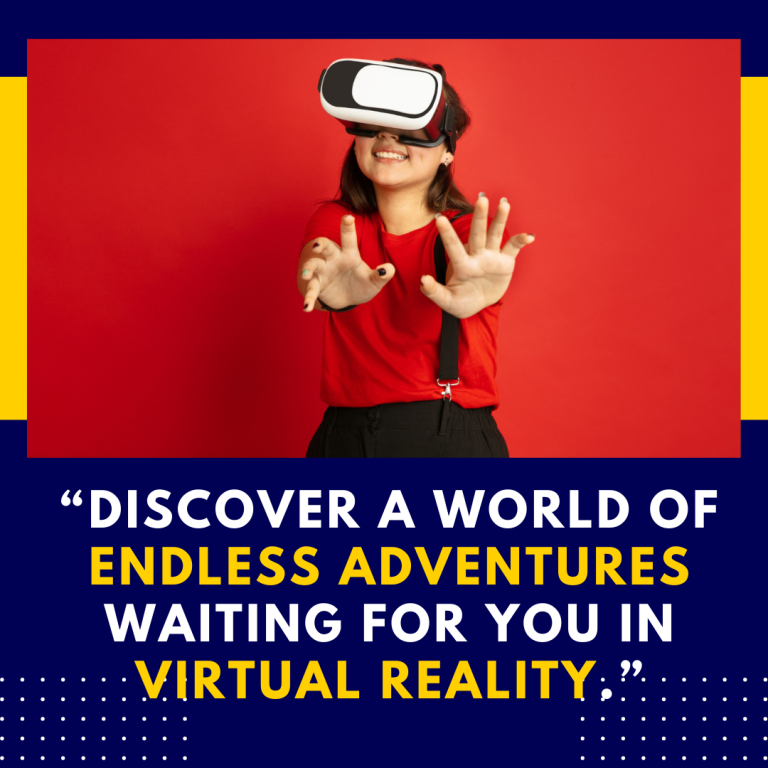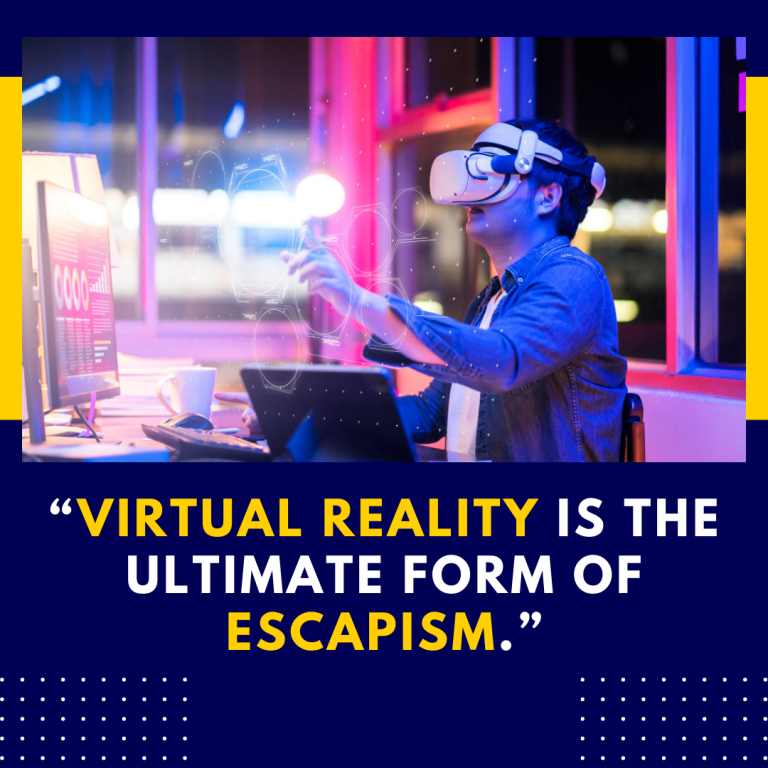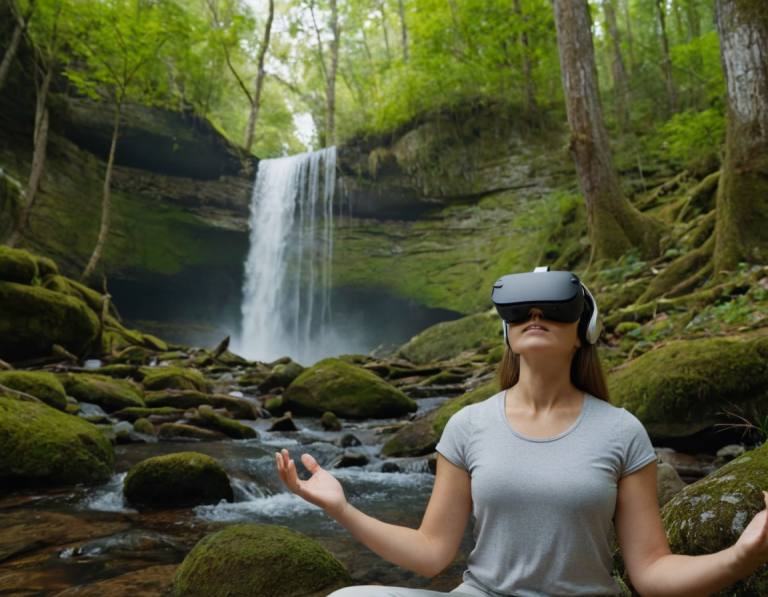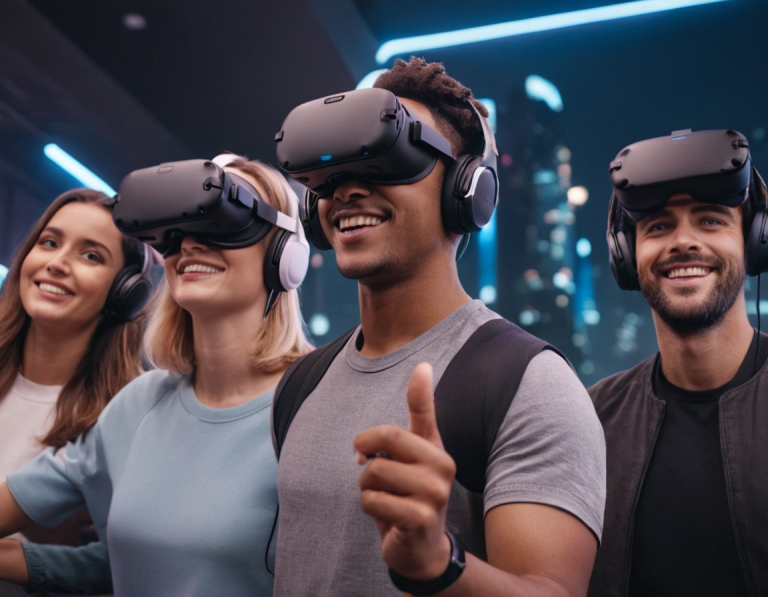What is Oculus Quest 2 Hand Tracking?
The Oculus Quest 2 has taken the virtual reality (VR) landscape by storm, offering an immersive experience that is both captivating and intuitive. One of the standout features of the Quest 2 is its hand tracking capability, which allows users to interact with the virtual environment using their hands, without the need for controllers. This technology not only enhances gameplay but also expands the possibilities for social interaction and creative expression in VR. In this blog post, we will explore what Oculus Quest 2 hand tracking is, how it works, its applications, advantages, and the potential it holds for the future of virtual reality.
Understanding Hand Tracking
Hand tracking refers to the ability of the Oculus Quest 2 to recognize and interpret the movement and gestures of the user’s hands in real-time. This feature uses a combination of advanced computer vision and machine learning algorithms to analyze the video feed from the headset’s cameras. By processing this visual data, the system can identify the position and movement of the user’s hands, translating them into virtual interactions within the VR environment.
How Does Hand Tracking Work?
Oculus Quest 2 employs several key technologies to enable hand tracking:
- Cameras: The headset is equipped with multiple outward-facing cameras that capture the user’s surroundings, including their hands. These cameras create a 3D representation of the environment.
- Computer Vision: This technology enables the headset to recognize the shape and movements of the hands. By analyzing the captured video feed, the system can determine hand positions, gestures, and even finger movements.
- Machine Learning: Machine learning algorithms improve the accuracy of hand tracking by continuously learning from user interactions. This enables the system to adapt to different hand shapes, sizes, and gestures over time.
- Positional Tracking: The system uses inside-out tracking to determine the headset’s position in space. This positional awareness helps align hand movements with the user’s viewpoint in the virtual environment.
Enabling Hand Tracking on Oculus Quest 2
To use hand tracking on the Oculus Quest 2, follow these simple steps:
- Update Your Software: Ensure that your headset is running the latest software version. Hand tracking capabilities are regularly improved through updates.
- Access Settings: Navigate to the Settings menu in your Oculus Quest 2 home screen.
- Select Device: Go to the “Device” tab, then look for the “Hands” option.
- Enable Hand Tracking: Toggle the hand tracking feature on.
Once enabled, you can start using your hands to interact with compatible applications and experiences.
Applications of Hand Tracking
The introduction of hand tracking opens up a variety of applications and experiences in VR. Here are some notable examples:
1. Gaming
Hand tracking transforms gameplay by allowing users to interact more naturally with the environment. Games like “Beat Saber” and “Real VR Fishing” have integrated hand tracking, allowing players to swing their arms and make gestures without the need for controllers. This creates a more immersive experience, mimicking real-life actions.
2. Social Interaction
Virtual social platforms like “VRChat” or “Rec Room” benefit from hand tracking by enabling users to express themselves more freely. Users can wave, point, and make gestures, fostering more natural social interactions and improving communication with others in virtual spaces.
3. Creative Applications
Hand tracking is particularly beneficial for artistic and creative applications. Tools like “Tilt Brush” allow users to paint and create in a 3D space using their hands, providing an intuitive way to express creativity.
4. Education and Training
Hand tracking can be applied in educational settings, allowing students to interact with 3D models, conduct virtual experiments, or engage in training simulations. This interactive approach can enhance learning and retention of information.
Advantages of Hand Tracking
- Natural Interaction: Hand tracking offers a more intuitive way to interact with VR content, making experiences feel more lifelike and engaging.
- Elimination of Controllers: Users can enjoy a more seamless experience without the need for physical controllers, reducing the need to manage additional hardware.
- Enhanced Immersion: By allowing users to use their hands, hand tracking deepens the sense of presence in virtual environments, making experiences feel more real.
- Accessibility: Hand tracking can make VR more accessible to those who may have difficulty using traditional controllers, enabling broader participation in virtual experiences.
Challenges and Limitations
While hand tracking on the Oculus Quest 2 is a remarkable feature, it is not without its challenges:
- Lighting Conditions: Hand tracking relies heavily on visual input from the cameras. Poor lighting or reflective surfaces can hinder accuracy.
- Complex Gestures: While the system is improving, complex hand gestures may not always be accurately recognized, leading to potential frustration.
- Limited Range: Users need to be mindful of their positioning in relation to the cameras, as moving too far out of the field of view can disrupt tracking.
- Performance Impact: Running hand tracking can require more processing power, which may impact the overall performance of certain applications.
Future Potential of Hand Tracking
As technology advances, the potential for hand tracking in VR is immense. Future developments may include:
- Improved Recognition: Enhanced machine learning algorithms could lead to more accurate gesture recognition, allowing for more complex interactions.
- Haptic Feedback: Integrating haptic feedback systems could provide users with tactile sensations while using hand tracking, further enhancing immersion.
- Expanded Applications: As developers continue to explore the possibilities of hand tracking, we can expect to see more applications across various fields, including therapy, design, and remote collaboration.
Resources for Further Exploration
If you’re interested in learning more about Oculus Quest 2 hand tracking, consider these resources:
- Oculus Support: The official Oculus support page provides detailed guides and troubleshooting for hand tracking features. Visit Oculus Support.
- YouTube Tutorials: Many VR enthusiasts create tutorials and demonstrations on using hand tracking effectively, showcasing its capabilities and limitations.
- Developer Documentation: For those interested in creating apps that utilize hand tracking, the Oculus developer documentation offers resources and guidelines for implementation.
- Community Forums: Engaging with VR communities on platforms like Reddit can provide insights and tips from fellow users and developers.
Conclusion
Oculus Quest 2 hand tracking represents a significant leap forward in VR interaction, allowing users to engage with virtual environments in a more natural and immersive way. As this technology continues to evolve, the applications and potential for hand tracking will only expand, transforming the way we experience virtual reality. Whether you’re a gamer, an artist, or someone interested in VR for educational purposes, hand tracking enhances the possibilities and enriches the overall experience. Embrace this innovative feature and explore the future of interaction in virtual reality!






